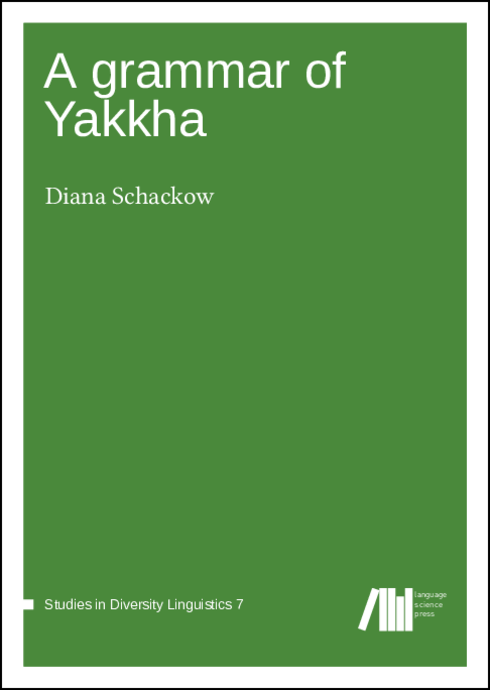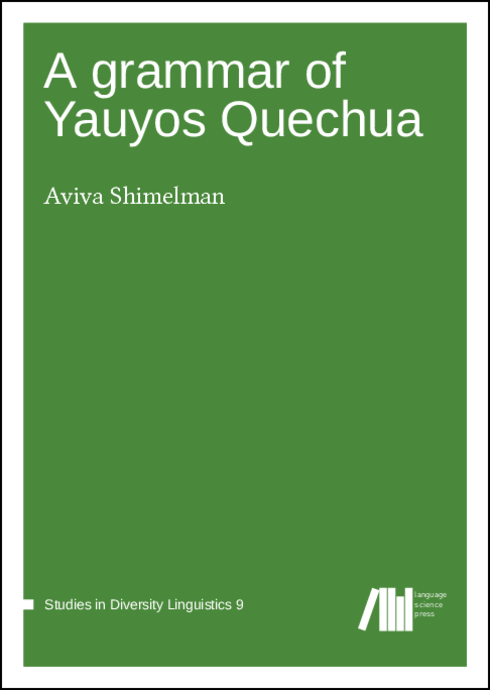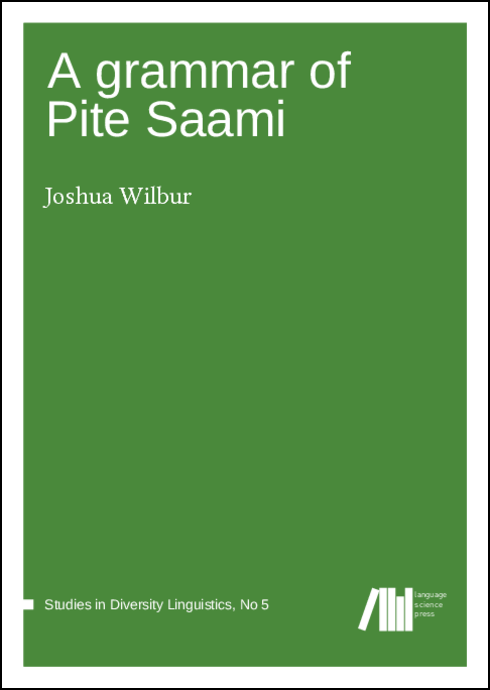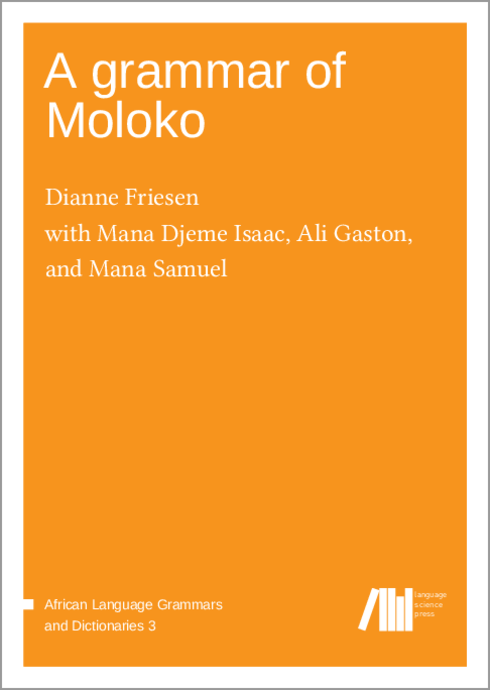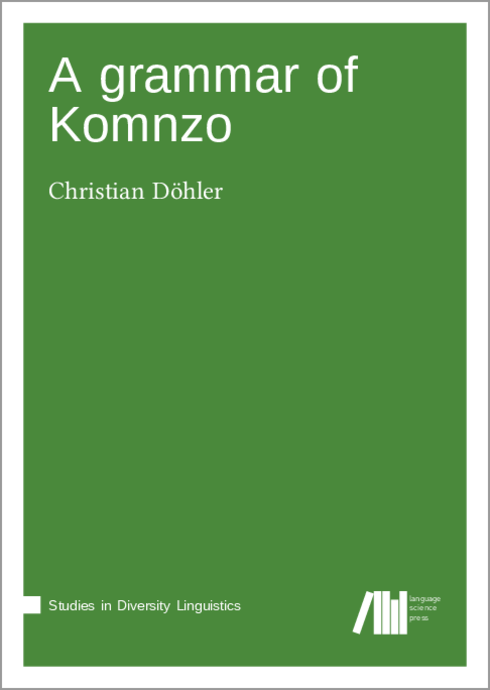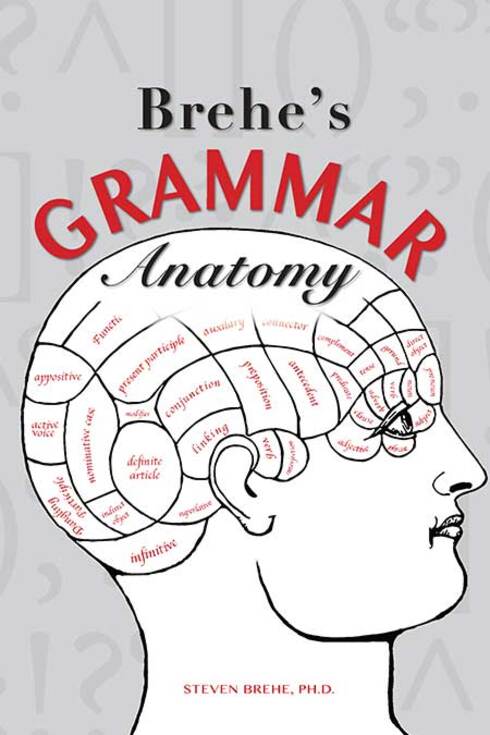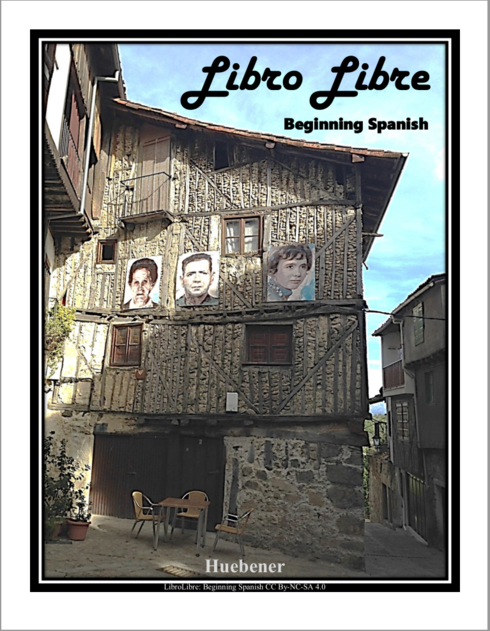A grammar of Papuan Malay
Copyright Year:
Contributor: Kluge
Publisher: Language Science Press
License: CC BY
This book presents an in-depth linguistic description of Papuan Malay, a non-standard variety of Malay. The language is spoken in coastal West Papua which covers the western part of the island of New Guinea. The study is based on sixteen hours of recordings of spontaneous narratives and conversations between Papuan Malay speakers, recorded in the Sarmi area on the northeast coast of West Papua. Papuan Malay is the language of wider communication and the first or second language for an ever-increasing number of people of the area. While Papuan Malay is not officially recognized and therefore not used in formal government or educational settings or for religious preaching, it is used in all other domains, including unofficial use in formal settings, and, to some extent, in the public media. After a general introduction to the language, its setting, and history, this grammar discusses the following topics, building up from smaller grammatical constituents to larger ones: phonology, word formation, noun and prepositional phrases, verbal and nonverbal clauses, non-declarative clauses, and conjunctions and constituent combining. Of special interest to linguists, typologists, and Malay specialists are the following in-depth analyses and descriptions: affixation and its productivity across domains of language choice, reduplication and its gesamtbedeutung, personal pronouns and their adnominal uses, demonstratives and locatives and their extended uses, and adnominal possessive relations and their non- canonical uses. This study provides a starting point for Papuan Malay language development efforts and a point of comparison for further studies on other Malay varieties.
No ratings
(0 reviews)


